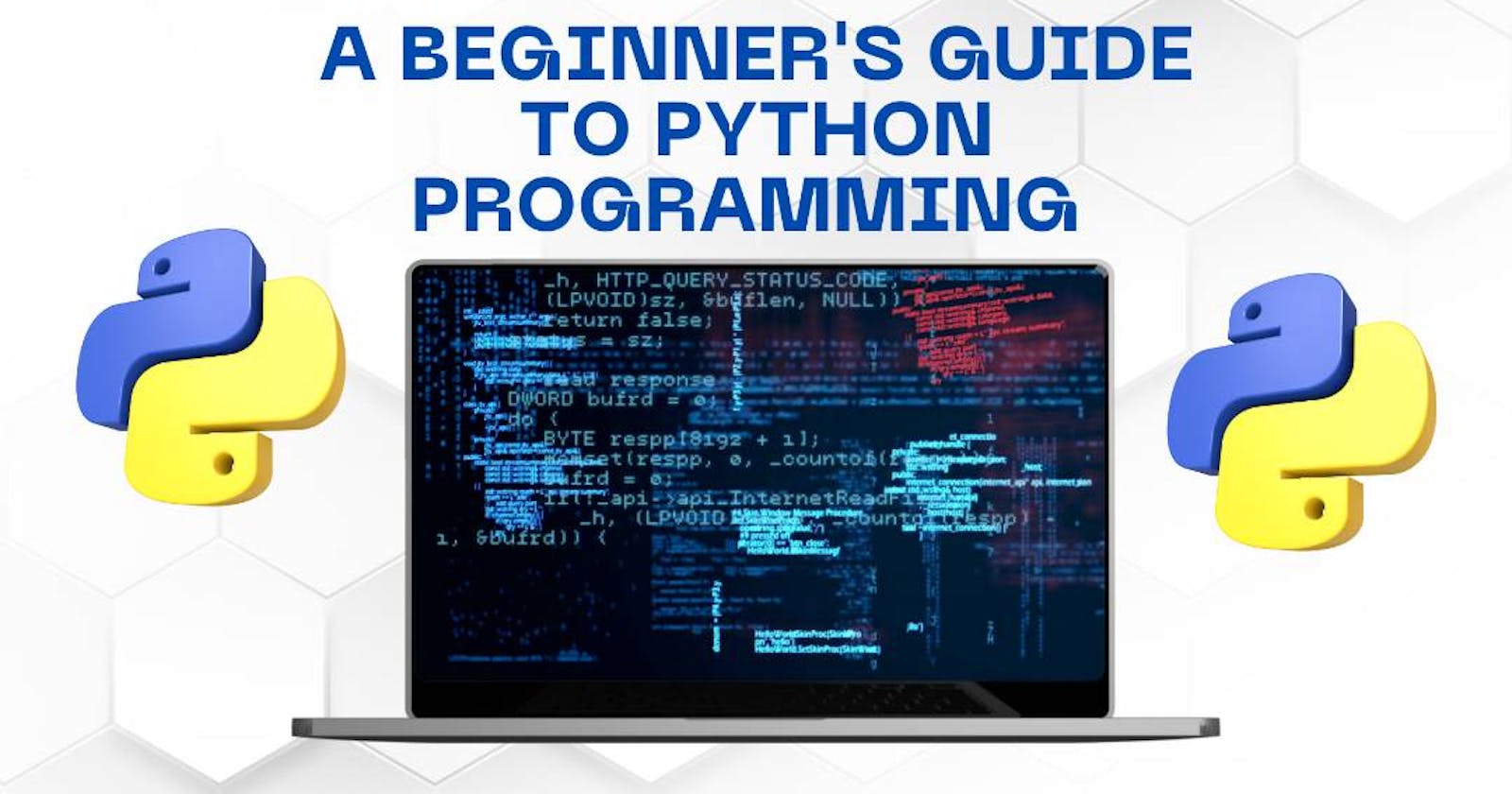Table of contents
No headings in the article.
What is python programming
Python is a high-level, interpreted programming language that is widely used in a variety of applications, including web development, scientific computing, data analysis, artificial intelligence, and many other applications.
One of the most widely used programming languages worldwide, it was developed by Guido van Rossum in the late 1980s.
One of the key features of Python is its simplicity and readability. The syntax of Python is designed to be easy to understand and write, making it a popular choice for beginners and experienced programmers alike. Additionally, Python has a large and active community of developers, which has created a wealth of libraries and modules that can be used to extend its functionality.
Python is often used for tasks such as:
Web development: Python is often used for building web applications, thanks to its support for a variety of web frameworks such as Django and Flask.
Scientific computing: Python has several libraries for scientific computing, such as NumPy and SciPy, that make it a popular choice for scientific and engineering applications.
Data analysis: Python has a large number of libraries for data analysis, such as Pandas and Matplotlib, that make it a popular choice for data analysis and visualization.
Artificial intelligence: Python has a number of libraries for machine learning and deep learning, such as TensorFlow and PyTorch, that make it a popular choice for artificial intelligence applications.
Overall, Python is a versatile and powerful programming language that is well-suited for a wide range of applications.
Python is a popular and versatile programming language that is easy to learn and use. Here is a beginner's guide to getting started with Python:
Install Python: You can download and install Python from the official Python website (python.org).
Familiarize yourself with the basics: Learn the basics of Python syntax, such as variables, data types, operators, loops, and conditional statements.
Start with a tutorial: There are many tutorials available online, including the official Python tutorial (docs.python.org/3/tutorial), GeeksforGeeks, W3School
Practice writing code: Write short programs to get used to the syntax and start learning the language.
Read and learn from other people's code: Read other people's code to learn how they solve problems and use different functions and modules.
Learn about modules and libraries: Python has a large number of modules and libraries that you can use to make your life easier. Learn about popular libraries like NumPy, Pandas, and Matplotlib.
Work on a project: Start working on a project to put your newfound knowledge into practice.
Basic project to try your hands on are:
A note-taking app
A quiz game
A budget tracker
A calculator
A Guess the number game
Keep learning and practicing: Python is a large and complex language, so continue to learn and practice to become a more skilled Python programmer.
Join the Python community: Join online forums, attend meetups, or participate in hackathons to connect with other Python developers and learn from them.
Some of the communities are:
Python Weekly
Python Weekly is a free weekly email newsletter featuring curated news, articles, new releases, jobs, and more. Curated by Rahul Chaudhary every Thursday.
Go to pythonweekly.com to sign up.
PySlackers
PySlackers is a community of Python enthusiasts centered around an open Slack team.
Go to pyslackers.com for more information and to join.
Python Discord
Python Discord is a large community focused around the Python programming language.
Go to pythondiscord.com for more information and to join.
This guide provides a starting point for learning Python programming, but the best way to learn is to start coding and continually practice and expand your knowledge. With time and practice, you'll become a confident Python programmer.
